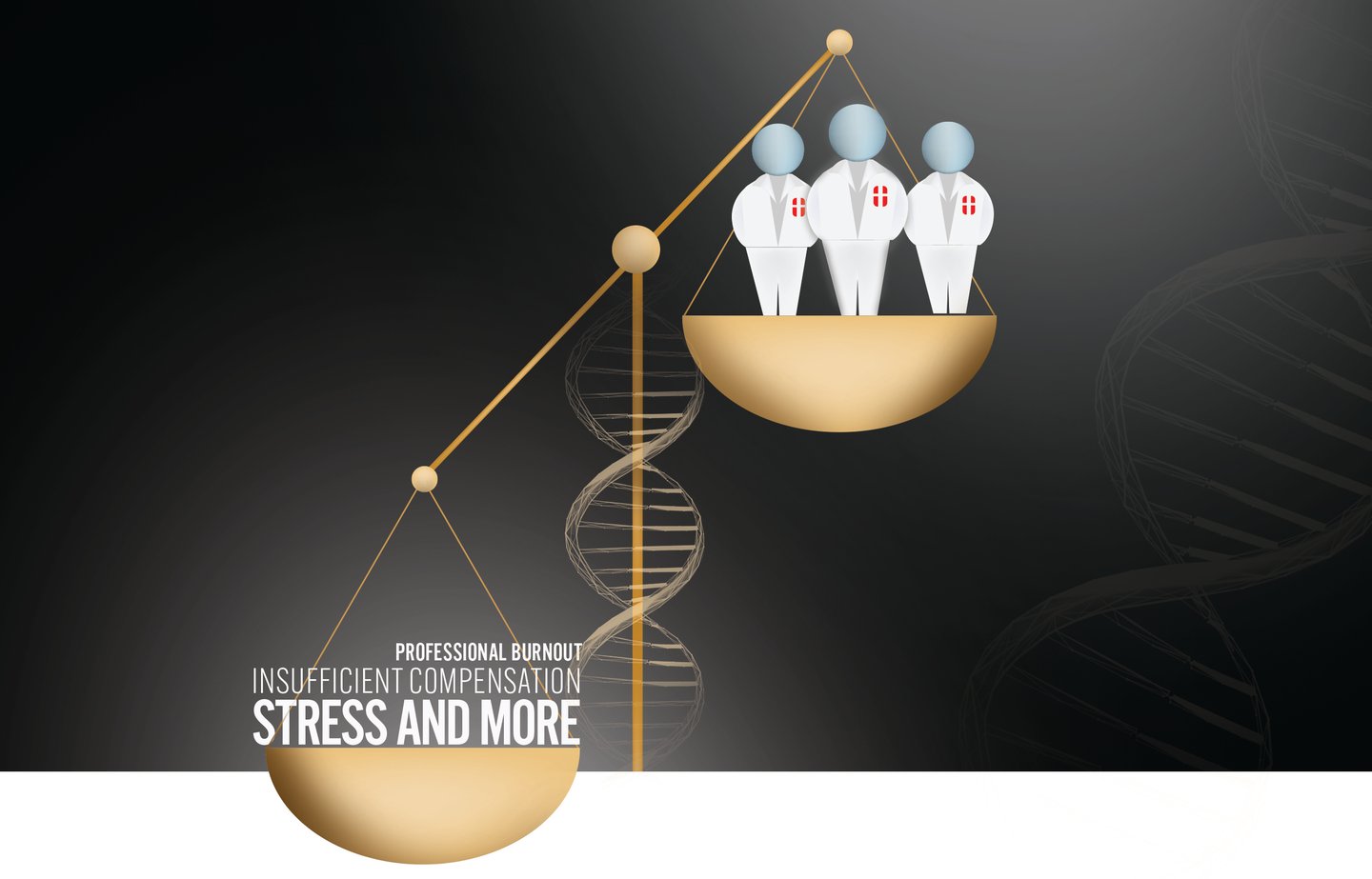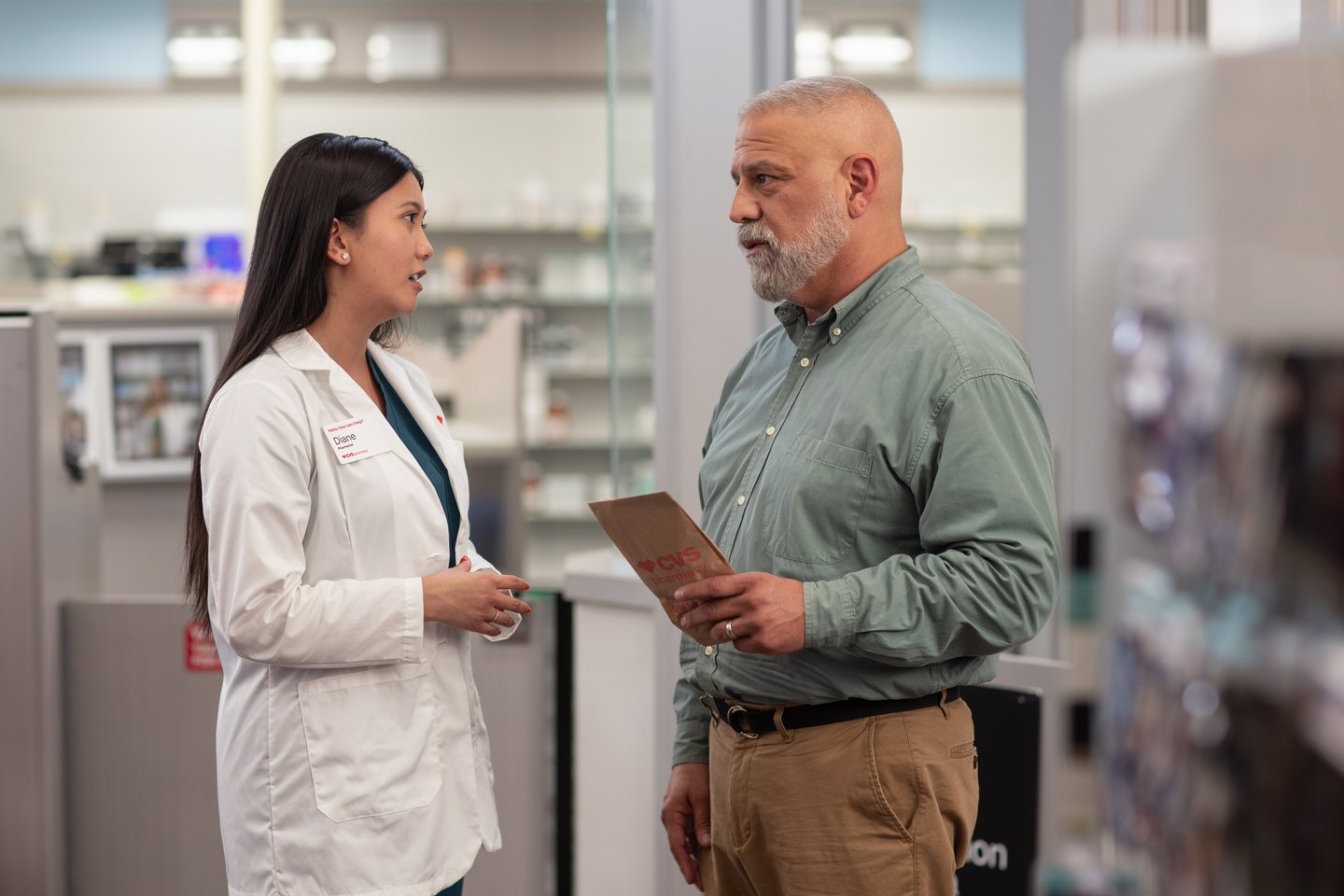Brain Drain: Retail pharmacy struggles to retain pharmacists, pharmacy technicians
The COVID pandemic propelled retail pharmacists into the national spotlight as essential front-line workers, but their service has come at a cost.
Reports of overwhelming workloads and job dissatisfaction have reverberated throughout the industry, making it harder for many retailers to find and retain pharmacists and pharmacy technicians. In addition, fewer students are choosing pharmacy careers, leading to a projected shortfall in the pipeline of new pharmacists to replace those who are retiring or changing careers.
“Our enrollment has been declining for a decade,” said Lee Vermeulen, executive vice president and CEO, of the American Association of Colleges of Pharmacy.
Pharmacy schools are in a position to graduate between 3,000 and 4,000 too few pharmacists during the next five to six years, he said. Although retailers have continued to close hundreds of locations, releasing some pharmacists into the workforce, thousands of jobs are expected to remain unfilled.
Job growth for pharmacists is expected to be about 5% per year from 2023 to 2033, according to the Occupational Outlook Handbook from the Bureau of Labor Statistics. About 14,200 openings for pharmacists are expected each year, on average, during that time, the BLS projected.
Pharmacy schools, meanwhile, are expected to graduate only 8,000 Doctor of Pharmacy students in 2026, or about 60% of the number needed, according to research from the University of Missouri-Kansas City and the University of Health Sciences and Pharmacy in St. Louis.
[Related: 2024 Pharmacy Innovator of the Year: Hy-Vee provides affordable, convenient care]
“I wake up every morning and go to bed every night thinking about enrollment in our colleges of pharmacy,” said Vermeulen. “It is a huge challenge, and I think it’s going to lead to a public health crisis. We’re just not graduating enough new pharmacists.”
The pharmacist shortage that has followed the pandemic has become a complicated, multifaceted challenge for both pharmacy retailers and pharmacy schools, he said.
Enhancing the appeal of pharmacy careers
The industry has an opportunity to enhance the appeal pharmacy as a career by focusing on the important role that pharmacists played during the pandemic, Vermeulen said. The AACP has been working on that issue with its member schools and with retailers directly, he said, seeking to highlight the positive role that pharmacists played during the pandemic.
“We got our country out of the pandemic because we took over vaccination,” said Vermeulen. “While that put a lot of pressure on our pharmacists, we’re looking back at this saying we ought to be proud of what we accomplished.”
Both retailers and pharmacy schools could benefit from positioning a pharmacy career as a challenging but highly rewarding career, he said.
“We’re working to make sure that the rewarding parts of this job are what drive the narrative and not the problems,” said Vermeulen. “Every profession has problems.” This effort is reflected in the Pharmacy is Right for Me
educational campaign, a collaborative initiative among the AACP, the American Pharmacists Association and other national pharmacy associations.
Payment for care is key
In addition to the negative buzz around pharmacy employment, the hiring environment for pharmacists is also impacted by the challenging economic environment for retail pharmacies, where pharmacy benefit management companies often squeeze the profitability out of each prescription dispensed.
“I honestly think the biggest phenomenon right now is this idea of transitioning from a practice model that is focused on product to one that is based on care,” said Vermeulen. “Pharmacists will always be the stewards of the medication use process. We’ve got to transition our model to be billing for delivering care.”
Pharmacists’ role in educating patients is critical, and compensating pharmacists for providing that and other care related to their medications could help elevate the profession and make it more attractive to potential pharmacists.
“There isn’t another place in the U.S. healthcare system where any other profession cares for patients and doesn’t get paid for it,” said Vermeulen. “Dentists get paid, doctors get paid, hospitals, nurses and physical therapists—everybody else gets paid. Pharmacists deliver all that care for nothing, and that’s got to stop.”
[Related: Going above and beyond]
While some states have made progress in allowing pharmacies to bill for the services they provide, more work needs to be done to help ensure that pharmacies, and pharmacists, are rewarded fairly for the services they provide, he said.
CVS seeks to support pharmacy careers
Retailers have taken significant steps to improve the working conditions in their pharmacies, including increasing compensation and investing in technologies and systems that seek to free up pharmacists to spend more time providing direct care for patients.
“Supporting the day-to-day work and careers of pharmacists and technicians are vital to attracting and retaining talent,” said Amy Thibault, a spokesperson for CVS Health, adding that the retailer continually seeks to re ne and enhance its recruitment practices and strengthen pharmacy technician training, which many see as a key opportunity to improve pharmacy working conditions.
The Importance of Pharmacy Technicians
The challenges that pharmacists face in their work environment and the difficulties retailers have in finding and retaining pharmacy technicians are actually closely intertwined, said Lee Vermeulen, executive vice president and CEO, American Association of Colleges of Pharmacy.
High turnover among technicians can contribute to an unstable environment in the pharmacy, which in turn puts even more pressure on pharmacists, he said.
The AACP and its member colleges have been looking at potential solutions, including encouraging technicians to explore opportunities to become pharmacists. However, Vermeulen cautioned that many longtime pharmacy technicians enjoy their chosen professions and are not interested in “moving up” to become pharmacists.
“When you talk to a lot of career technicians, what you hear from them is, ‘Look, I’m a technician because I want to be a technician, and if I wanted to be a pharmacist, I would have gone to pharmacy school.’ “You have to respect their profession, and their profession is being a pharmacy technician,” he said.
The solution, Vermeulen said, may lie in elevating the pharmacy technician’s role to make the job more rewarding for those individuals, in order to improve retention and make the job more appealing.
Among the opportunities could be offering bachelor’s degree programs specifically designed for pharmacy technicians, which could not only help boost their salaries, but would also recognize the increasingly important role they play in providing services to patients.
“One of the biggest challenges we have with technicians is that we don’t pay them a living wage,” said Vermeulen. “We’re competing for technicians with McDonald’s and with other retailers.” Paying higher salaries to technicians could require retailers to rethink their pharmacy labor budgets, but the concept may be worth consideration, Vermeulen said.
Research from the AACP’s Pharmacy Workforce Center found that one the biggest drivers of frustration for pharmacists is the high rate of turnover among technicians, he said. Pharmacists who work with a stable team of technicians tend to be happier and more satisfied with their jobs, Vermeulen said.
The retailer also seeks to leverage innovative tools and technologies to support the pharmacy workload and streamline the work ow, which are enabling pharmacy teams to focus on patient care and clinical interactions with their patients, she said.
In addition, CVS has invested about $1 billion in wage increases and other investments in its pharmacy teams during the past four years and this year awarded another $70 million to recognize pharmacists, pharmacy technicians and other frontline workers, Thibault said.
The company also offers tuition reimbursement and scholarship programs to encourage career development. In 2024, CVS also launched a new, postgraduate year-one pharmacy residency program to help prepare the next generation of pharmacists with expanded clinical and leadership skills, enabling them to support expanded pharmacy services in a community-based setting, Thibault said.
CVS also awards up to $20,000 per year to all eligible CVS Pharmacy interns in their last two years of pharmacy school. In partnership with the AACP, the company also launched a new Community Pharmacy Health Equity Award that will grant $20,000 to 21 student pharmacists who face financial barriers in their pursuit of education.
Walgreens supports pharmacy education
Walgreens has been engaged in developing the pharmacy career pipeline by working with schools, and in early 2024 established the Deans Advisory Council to expand those relationships. The Council, which has relationships with all 140 schools of pharmacy, gives Walgreens the opportunity to build awareness of pharmacy careers among high school and early college students, a Walgreens spokesperson said.
“We are working with academia to increase the talent pipeline into pharmacy schools, as well as taking steps to make community pharmacy the practice setting of choice for pharmacists,” the spokesperson said.
Walgreens also seeks to support the development of the pharmacy career pipeline with tools such as its Student Loan 401(k) Match Program. This new benefit, available beginning in January 2025, treats enrolled employee student loan payments like contributions to the Walgreens Retirement Savings Plan. Walgreens will match eligible student loan payments up to 4% of eligible pay.
Additionally, the retailer recently enhanced its Walgreens Pharmacy Educational Assistance Program, which provides tuition assistance each year for eligible employees who are enrolled in a professional pharmacy program while working for Walgreens as a pharmacy intern. For all years combined, the awards can be as much as $40,000 in total.
[Related: Chasing health inclusivity]
In fiscal year 2023, 806 Walgreens team members received funding from the company’s Pharmacy Educational Assistance Program, which provides awards to pharmacy students during each year enrolled in a professional pharmacy program while working for Walgreens as a pharmacy intern, up to $40,000 total. In scal 2024, the number of employees who used this program increased to 1,026.
Independents face fewer hiring challenges
Independent drugstore retailers have tended to face fewer challenges finding and retaining pharmacists, said Kurt Proctor, senior vice president, strategic initiatives, at the National Community Pharmacists Association.
“I think independents definitely benefit from having a better work environment overall,” he said. Still, staffing remains a challenge for many pharmacies, as 70% of independent pharmacy managers reported difficulty filling open staff positions in NCPA’s fall survey.
“In general, we hear more about the difficulty finding technicians and other help in the store than we do about the difficulty nding pharmacists,” Proctor said. “But it’s definitely a tight market.”
Many NCPA retailers are closely involved with their local pharmacy schools, and the NCPA itself has student chapters at colleges around the country to help develop the pharmacist pipeline and promote community pharmacy.
The NCPA Foundation’s Good Neighbor Pharmacy NCPA Pruitt-Schutte Student Business Plan Competition is one of the association’s agship programs promoting independent pharmacy among students. The goal of the competition is to motivate student pharmacists to create a business model for buying an existing independent community pharmacy or developing a new one. The competition is supported by Good Neighbor Pharmacy, Pharmacists Mutual Insurance Company, and the NCPA Foundation.
Meanwhile, Jeff Harrell, who was recently installed as the 2024-2025 NCPA president, is planning to spend some of his term traveling to colleges of pharmacy across the country to tout independent pharmacy as a good career choice.
“The pharmacy schools need to emphasize the positive nature of community pharmacy practice because that’s where a lot of the graduates are going to practice,” said Proctor.






